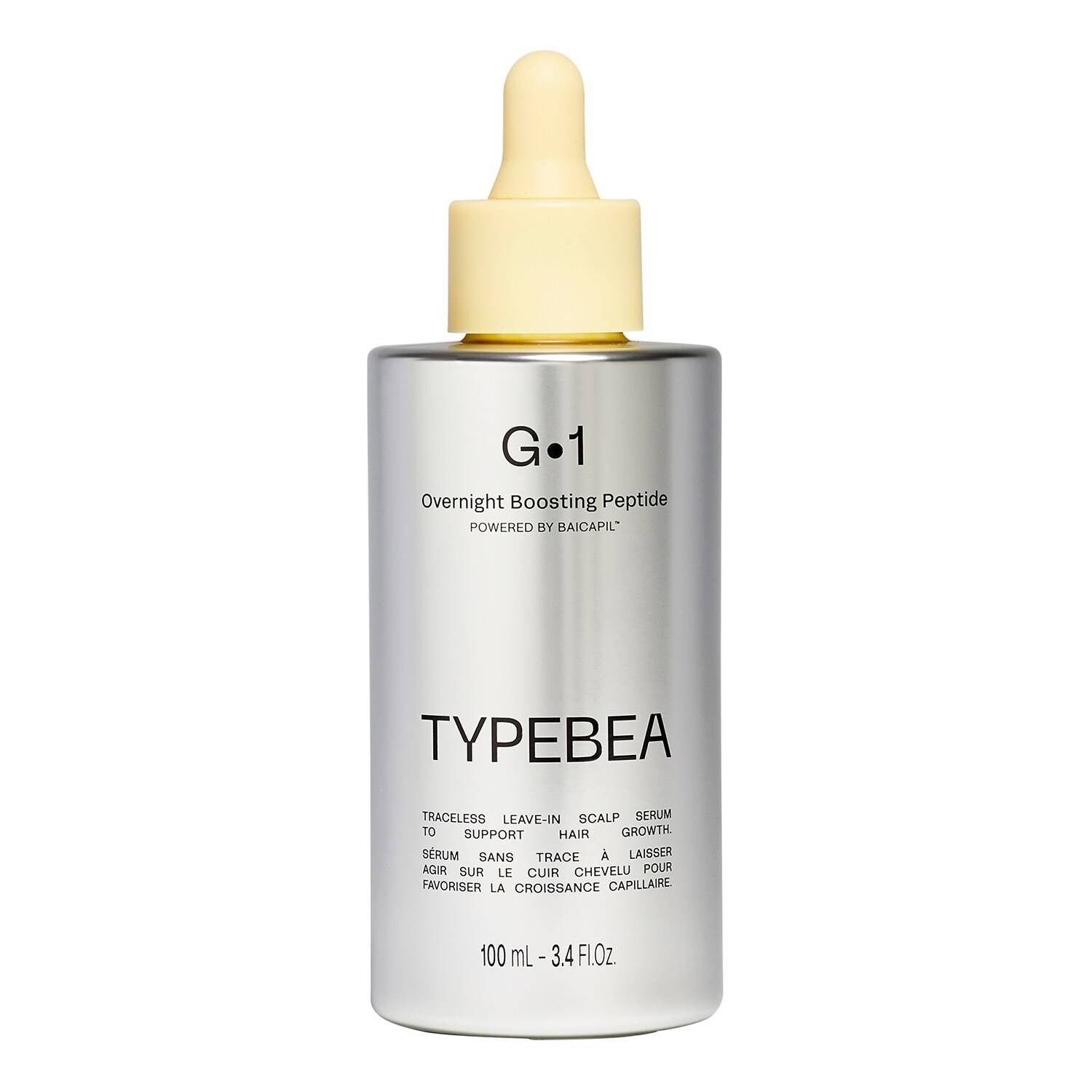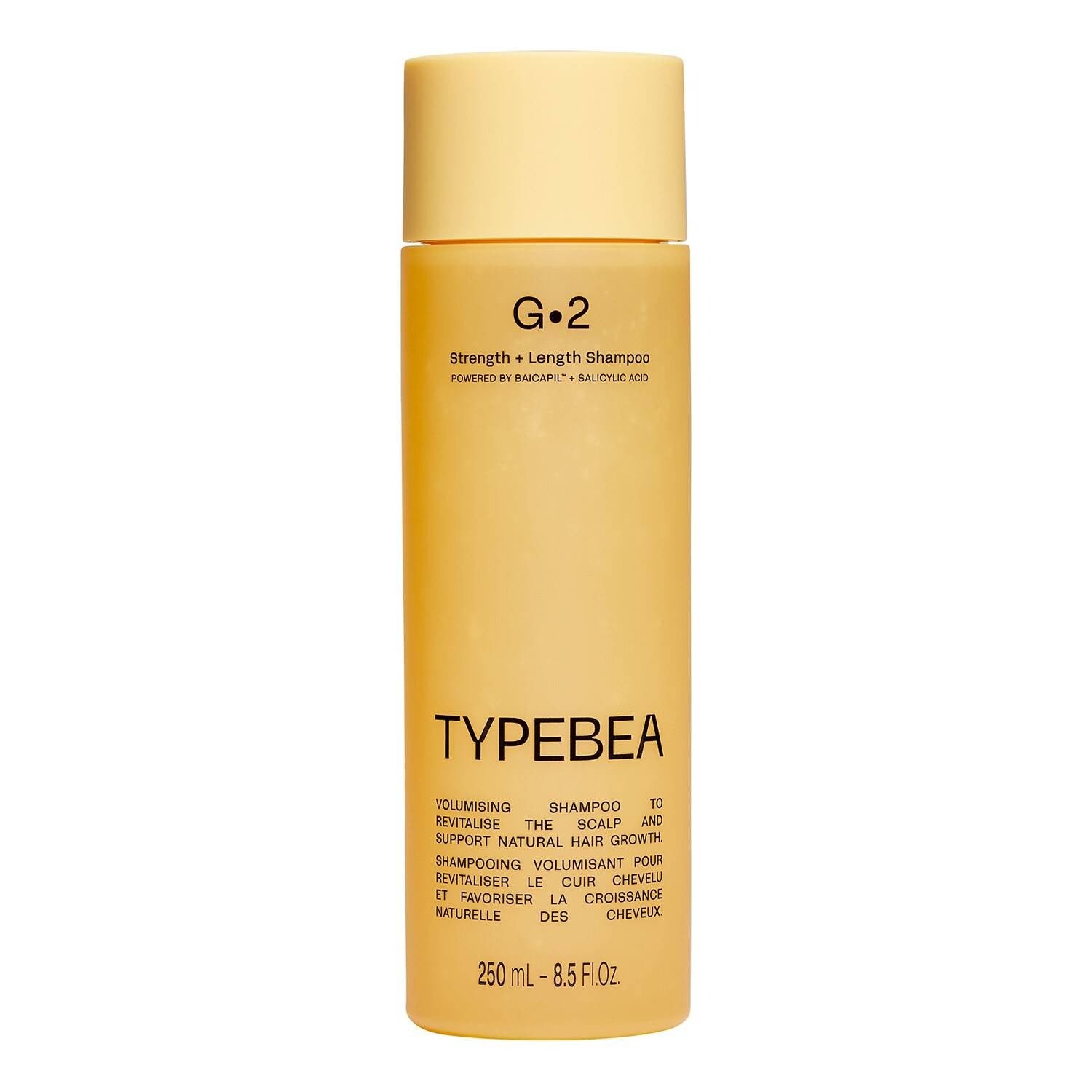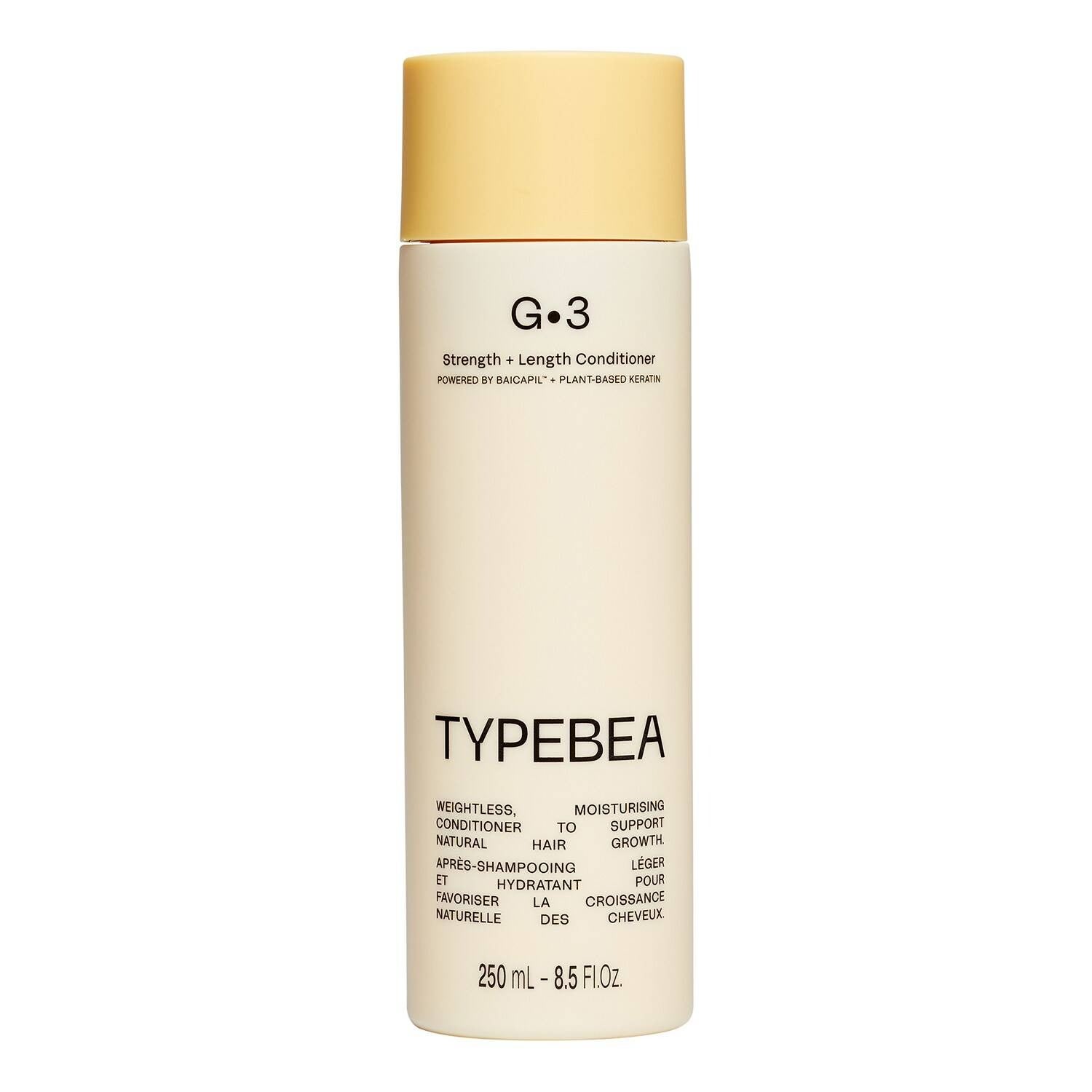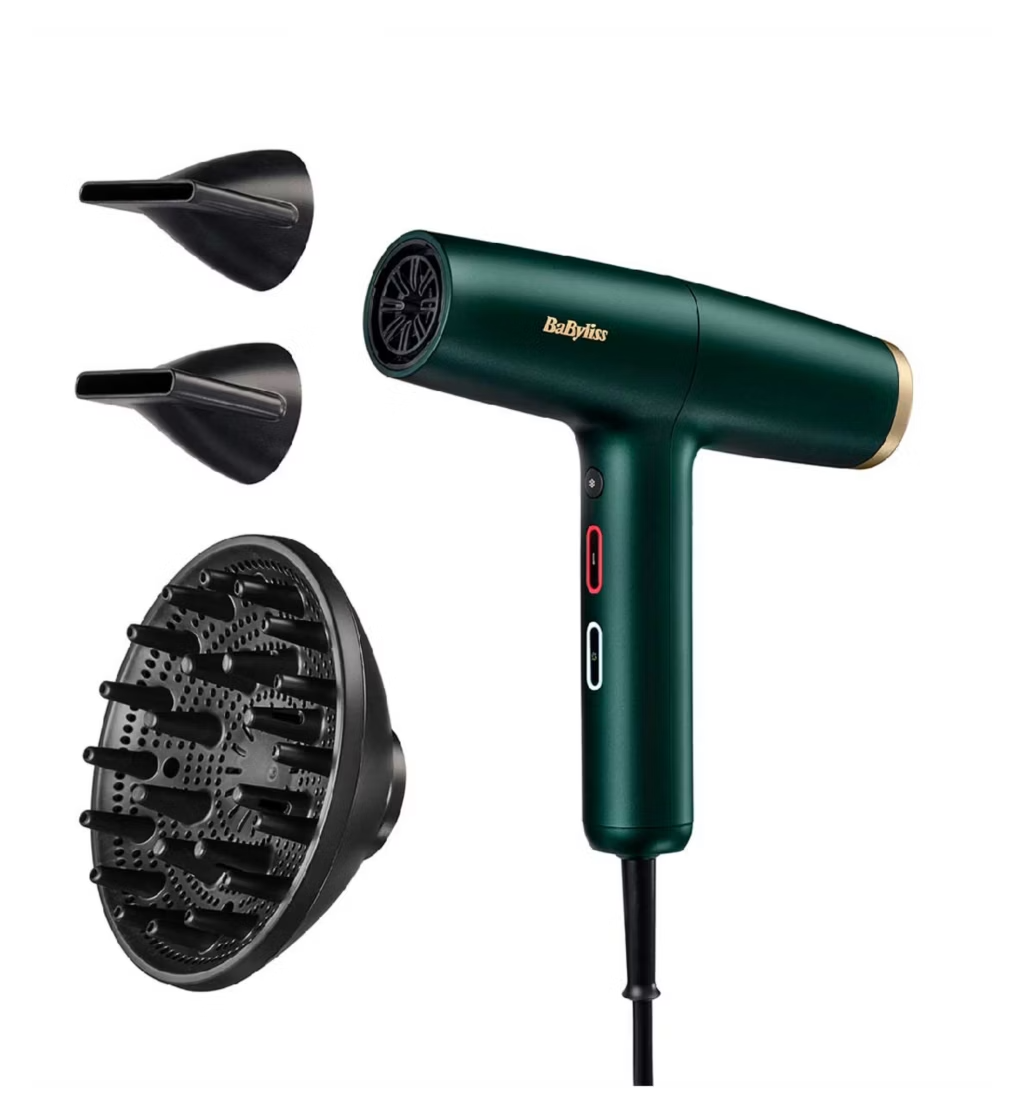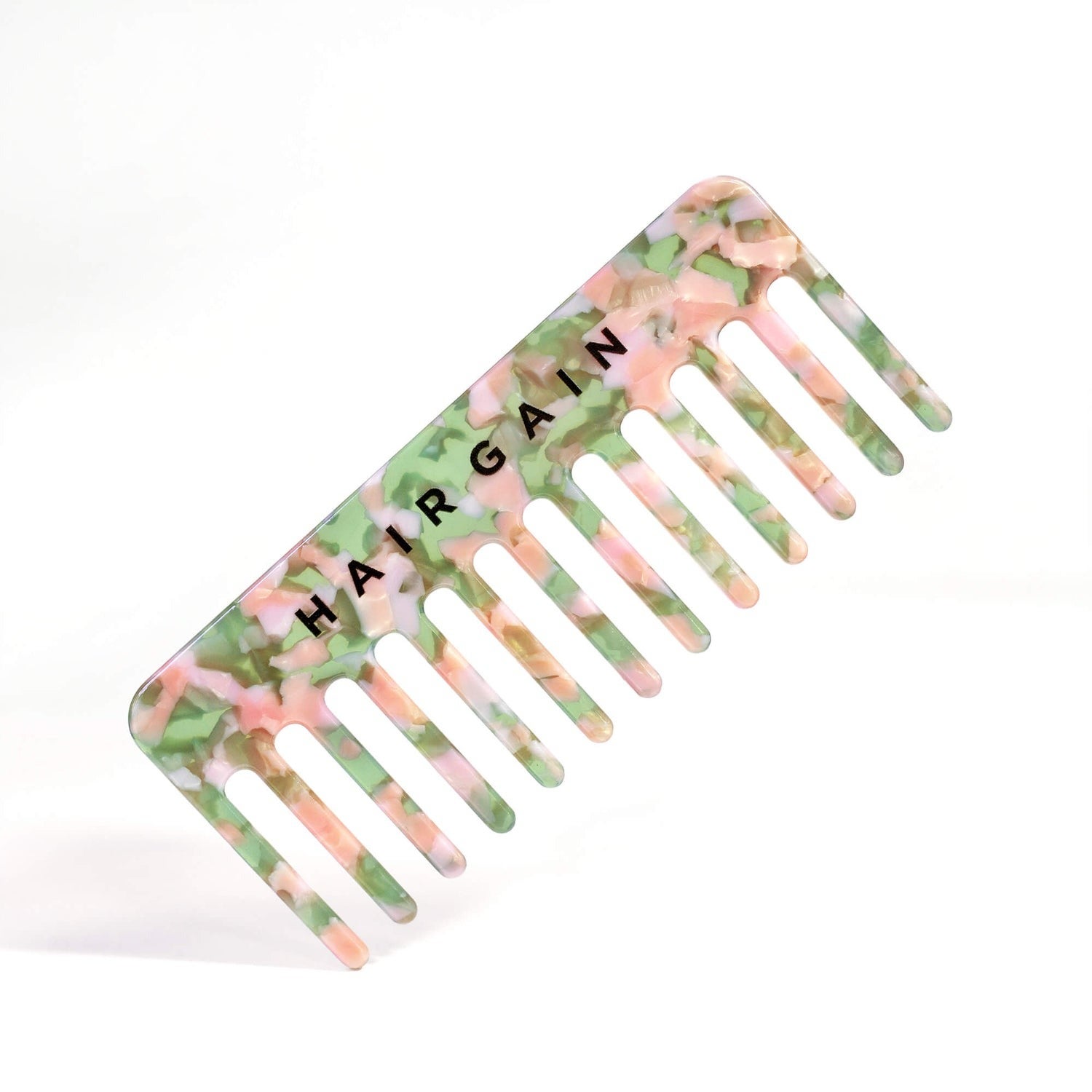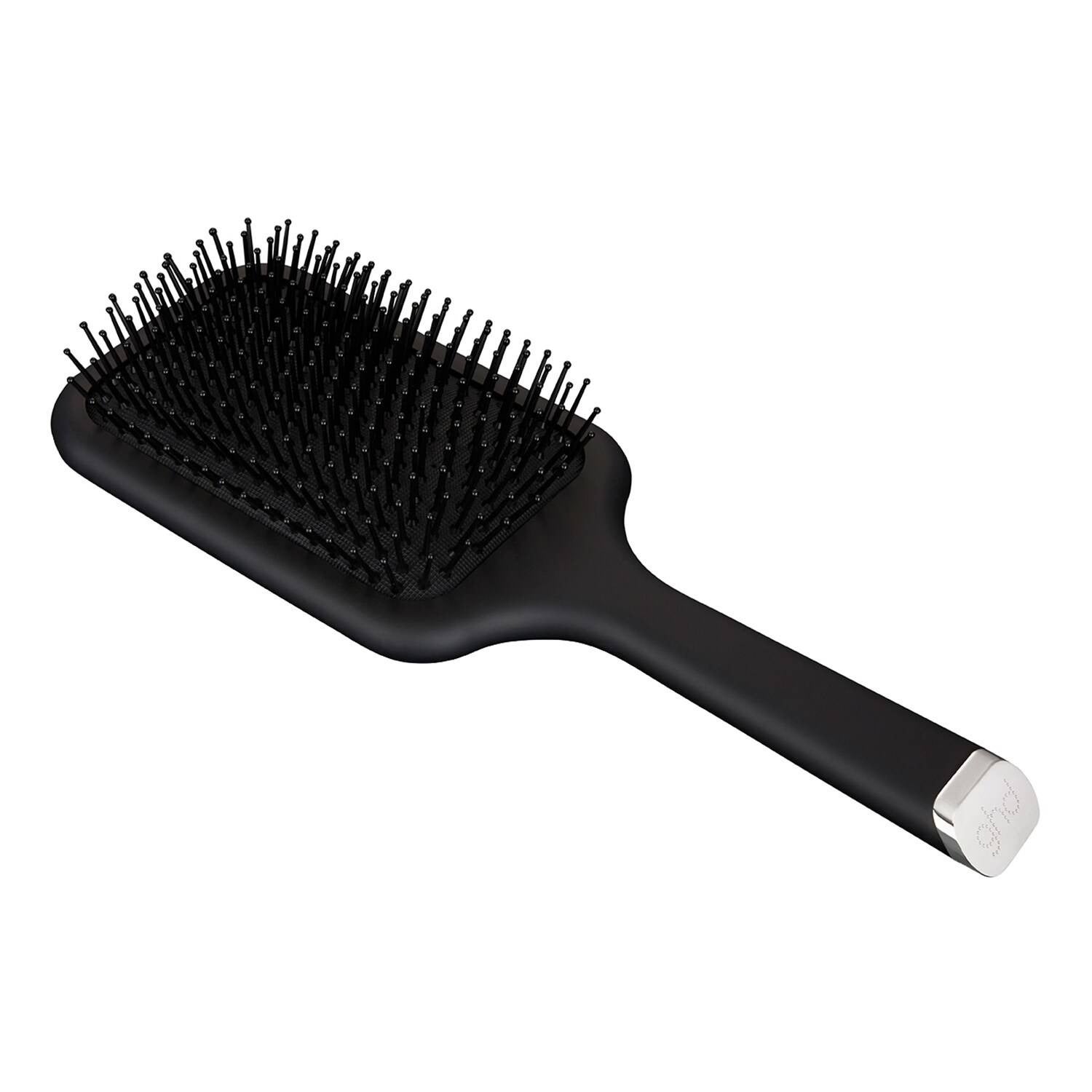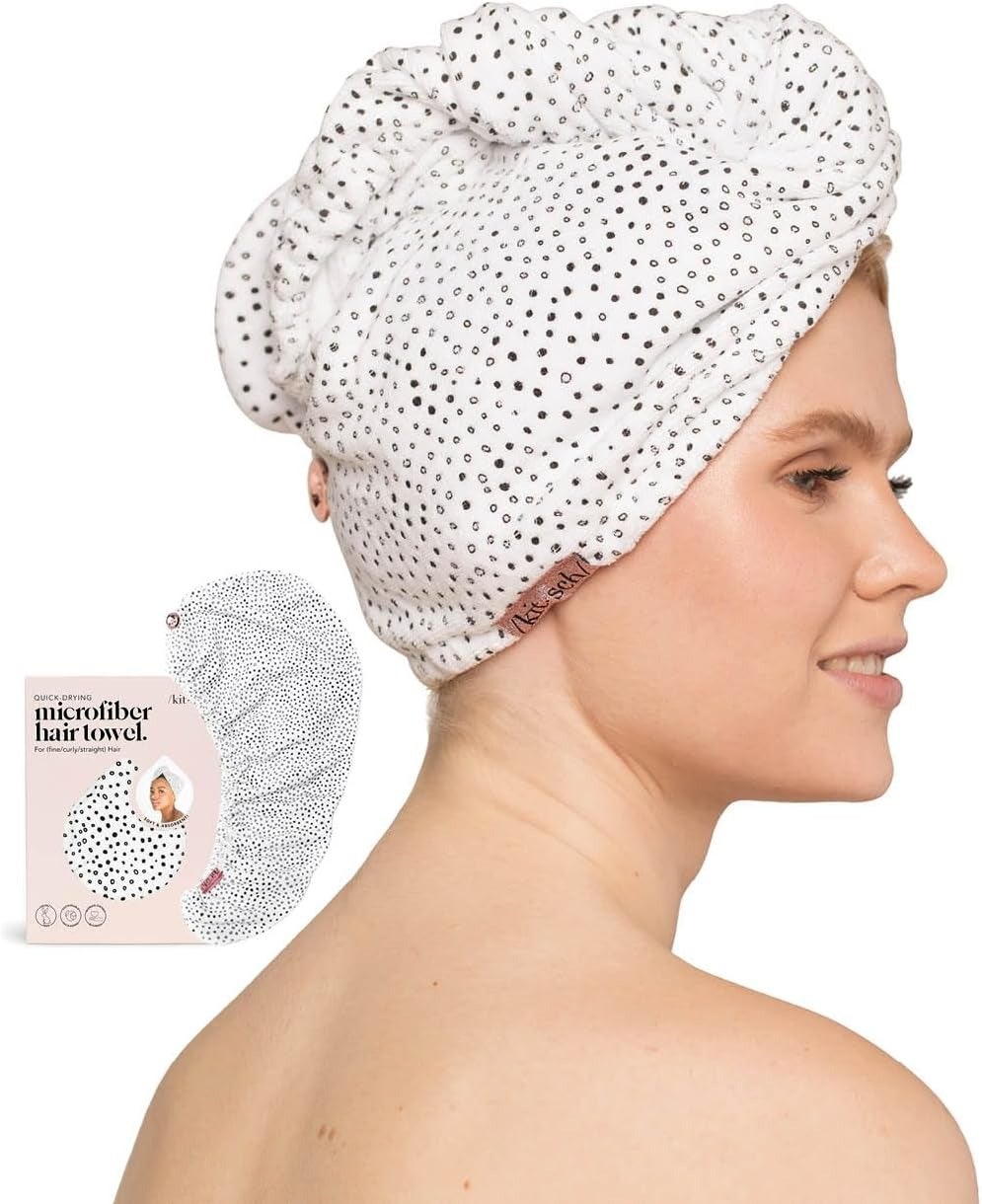6 Tips That Helped Me Grow Longer, Stronger Hair (& No Trims In-Between)
All linked products are independently selected by our editors. If you purchase any of these products, we may earn a commission.
Photo: Courtesy of Jacqueline Kilikita.
In April 2021, when most coronavirus restrictions had been lifted and we rejoiced in our newfound freedom, the first thing I did was book into my local salon for a bob haircut. Lopping off five inches became something of a metaphor for shedding the past and starting afresh. Ever since then, the bob has been my hairstyle du jour.
I’ve rocked the “bottleneck” bob (so named for its face-framing fringe), the Italian bob (characterised by volume and chunky, blunt ends) and even the “boyfriend” bob (arguably the shortest — and, surprisingly, most controversial — of the bunch). But last June, as I grappled with the straighteners for the umpteenth time (bobs are high maintenance, you know), I decided on a new hair goal: to grow my hair long and strong so that I didn’t have to put as much heat on it, or style it constantly.
AdvertisementADVERTISEMENT
It grew at a snail’s pace. No matter how many spiky silicone head massagers I collected, or how enthusiastically my beauty editor peers recommended biotin supplements (more on why I chose not to heed their advice later), my hair wouldn’t pass my shoulders for what felt like forever.
In a bid to find out what was going on, I reached out to various hair experts, even paying a visit to the Philip Kingsley Trichological Clinic for a hair scan with trichologist Anabel Kingsley. What I learned transformed my hair-care regime as I knew it, and by December my hair had grown a little over five inches. Fast-forward to this month and my friends, family and colleagues can’t get over how quickly and effortlessly my hair seems to have sprouted.
I won’t gatekeep. This is everything the professionals taught me about growing longer, stronger and healthier hair — and how to apply it to your own routine.
Photo: Courtesy of Jacqueline Kilikita.
I wash my hair more often
Unsurprisingly, the TikTok-viral concept of “hair training” — leaving your hair longer in between washes in the hope that your scalp produces less oil over time — is unfounded. Previously, I’d wash my hair once or twice a week, thinking that eking out my wash days would preserve the integrity of my strands. But the trichologists I spoke to hinted that I was probably doing more harm to my growth cycle than good.
In fact, not washing my hair regularly enough resulted in seborrheic dermatitis: an inflammatory condition that makes the scalp itchy and results in yellow, sticky flakes. Like dandruff, seborrheic dermatitis is caused by a common yeast called malassezia, and while this yeast is entirely normal, an oily environment causes it to multiply and wreak havoc on the scalp. “As seborrheic dermatitis causes an imbalance, the hair can shed more quickly as it doesn’t have the best growing conditions,” says Eva Proudman, a consultant trichologist at UK Hair Consultants. She explains that hair washing is more about cleansing the scalp — which is simply an extension of the face — than just the hair. “The scalp has 180,000 oil glands and these can, at different times in our lives, become more active and produce more oil,” says Proudman, hence the propensity for scalp imbalance. She continues, “The scalp is the growing medium of the hair and needs to be balanced for optimum hair growth and hair health.”
AdvertisementADVERTISEMENT
Trichologist Anabel Kingsley agrees. She told me previously: “The flaking of the scalp increases daily hair fall and impacts the integrity of the cuticle [the outermost layer of the hair strand], causing the growth of weaker hair.” To Kingsley, the scalp is your hair’s “home” and if it’s in bad condition, it’ll impact how your hair is able to grow.
Of course, how often you wash your hair is down to personal preference but Proudman says that an ideal washing regime is every day or every other day for optimum scalp balance and hair growth conditions. (I opt for the latter.) Those with curly, coily and kinky hair might want to stretch this to once a week.
I made my scalp the priority
I thought I knew how to wash my hair but I was schooled during a hair spa treatment at Kingsley’s clinic, where an expert scrubbed my scalp for three minutes. They also focused less on my lengths. Since then, I’ve done the same for every wash, and I’m convinced that the exfoliating motion is keeping my flakes at bay. Interestingly, Proudman adds that consistent scalp massage can stimulate blood flow into the hair follicle to support hair growth.
Seeing as I wash my hair more regularly now, I find that one wash is enough. “Double cleansing your hair is generally only needed if you use lots of products or if you have a very oily scalp,” says Proudman. I just use a generous amount of shampoo to create a substantial lather and make sure that my hair is soaking wet first.
AdvertisementADVERTISEMENT
While I wash my scalp more regularly now, I avoid putting conditioner and hair oils on my roots. Instead, and as suggested by Kingsley, I concentrate these to my mid-lengths and ends, which need the most moisture. Since doing so, I’ve realised that bombarding my scalp with thick products like these was only making it greasier and likely contributed to my flaky and itchy symptoms. Kingsley confirmed my suspicion. “It’s not necessary to put conditioner on roots,” she told me. “It can weigh the hair down and if it contains oils it could potentially exacerbate seborrheic dermatitis.” Though this worked for me, all hair types are different. Your roots might be particularly dry and require more moisture in the form of conditioner, masks, oils and other treatments of your choice.
I discovered the smartest shampoo
I’ve always been sceptical about hair growth shampoos. How can something that’s only on your scalp for a few minutes at a time possibly have an impact on your strands? Happily, I was proven wrong when I discovered Typebea. Anna Lahey (founder of supplement brand Vida Glow) and Rita Ora (yes, really) are the brains behind the beauty editor-adored G1 Overnight Boosting Peptide Serum, £34.40, and G2 Strength & Length Shampoo, £18.40, and Conditioner, £18.40. I’m convinced all three have helped my hair grow longer and stronger.
It’s all in the ingredients. First up is baicapil, which Proudman explains is a plant-based ingredient (a combination of wheat sprouts and soybean) and is often used in hair products. Lahey reports that it’s clinically proven to boost growth and reduce hair loss by 60%. There are a small handful of studies that suggest baicapil is an effective hair growth treatment. According to Lahey, baicapil has the power to improve hair density, strengthen follicles and enhance scalp health, resulting in thicker, more resilient lengths over time.
AdvertisementADVERTISEMENT
Then there’s salicylic acid. “This gently exfoliates the scalp, removing dead skin cells, product and oil buildup, and balancing oil production,” says Lahey. Proudman adds that salicylic acid keeps the hair follicles clear, which supports healthy hair growth. Lastly, the shampoo and scalp serum boast provitamin B5 aka panthenol to moisturise the hair and keep that moisture under lock and key. Proudman says that provitamin B5 also “smooths the hair to give a good shine and protection from damage”.
All of these ingredients have been studied and can provide benefits to the hair and scalp, continues Proudman, but she adds that it’s important to note that the formulation — and amount of these ingredients — determines how effective a product will be. In my honest opinion as a beauty director who has tried my fair share of hair growth products, Typebea’s are the only ones that have worked for me. When I rinse away the Strength & Length Shampoo and wring out the water, it’s like it has worked magic to beef up my strands. Not only is my hair longer but it feels twice as thick. I’ve been through a handful of bottles of the shampoo and conditioner in particular — and I’m already stocking up on more.
I used minoxidil — but consistency is key
If you’re still sceptical about hair growth shampoos and serums, and you’re experiencing hair loss or thinning in particular, you might want to consider trying minoxidil: a proven treatment for androgenetic alopecia (hair loss caused by a combination of genetics and hormones). “Minoxidil is a vasodilator that pulls blood flow into the hair follicle,” explains Proudman. “It stimulates the hair follicles to enter into the growing phase and remain there for longer.” Minoxidil also increases the diameter of the hair, says Proudman, improving overall hair density on the scalp.
AdvertisementADVERTISEMENT
For full disclosure, I used Regaine (an over-the-counter version of minoxidil) every day for three weeks last August, concentrating the product to a sparse patch on my left temple. But consistency is key. “It can take three to six months to see the effects of minoxidil,” says Proudman, “and it needs to be applied to the scalp, not the hair, consistently as advised.”
When I discovered Typebea, I shelved the minoxidil after a few weeks to see if the serum, shampoo and conditioner would do anything. While that sparse patch is more or less unchanged, the length elsewhere is impressive. It’s important to note that while Typebea claims that its four-step system can reduce hair fall — how often your hair falls out on its own naturally — it doesn’t tackle hair loss.
Minoxidil also has a few potential side effects. “The most common can be scalp irritation, slight lowering of blood pressure and an increase in heart rate,” says Proudman. In some cases it can trigger more hair to shed as your hair enters the growing phase, continues Proudman, and this is likely to last for around four to six weeks.
I stopped going to sleep with wet hair
A dermatologist told me recently that hair is at its weakest point when wet, which encourages breakage. For that reason, I now always whip my hair up after washing into a microfibre towel like Kitsch Microfibre Hair Towel Wrap, £15, which I’m convinced is gentler on my strands, and I rough-dry my hair before bed rather than letting it dry naturally overnight. I like to use a speedy, lightweight hairdryer like BaByliss Air Power Pro, £150.
AdvertisementADVERTISEMENT
I also learned to brush my hair properly. “Get in the habit of brushing your hair from the ends,” Kingsley told me. She added that if you tend to start at the top or mid-lengths, you’re putting lots of tension on your strands — a fast track to breakage. When my hair is wet, I use a wide-tooth comb, namely the Hair Gain Comb, £11.95, and when it’s dry, I use the ghd All Rounder Paddle Hair Brush, £26, which brushes comfortably and doesn’t ever tug.
I avoided pointless supplements
Proudman recently told R29 that a poor diet and low levels of vitamins and minerals such as ferritin, vitamin B12, vitamin D and zinc may cause both hair shedding and slow growth. A blood test showed that I was deficient in vitamin D, and now I take a supplement. Besides vitamin D, it’s likely you’ve heard that biotin, or vitamin B7, can encourage better hair growth. But here’s the thing: You might not actually need it.
Sally-Anne Tarver, a trichologist at the Cotswold Trichology Centre, previously told R29 that biotin supplements are only likely to work for people who have a deficiency. She said that such a deficiency is very rare in the Western world. “Simply stuffing [in] more biotin if you don’t need it will not result in healthier hair growth,” said Tarver. What it could do, though, is provide incorrect blood test results and even lead to hormonal issues.
AdvertisementADVERTISEMENT








